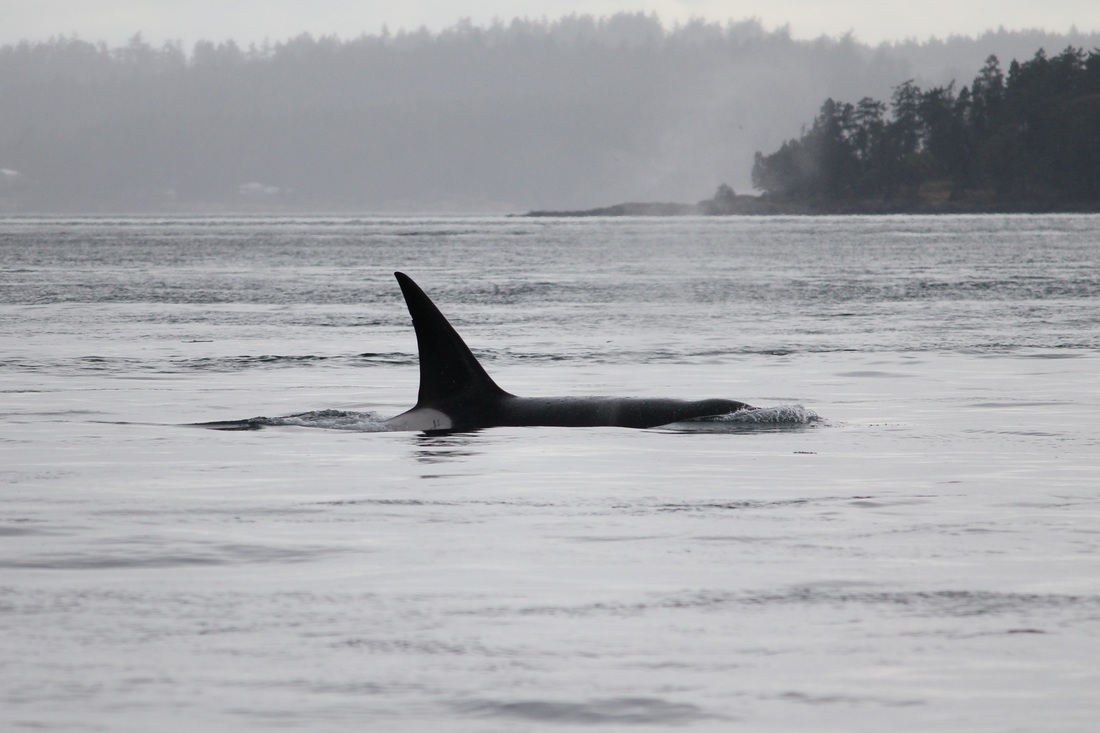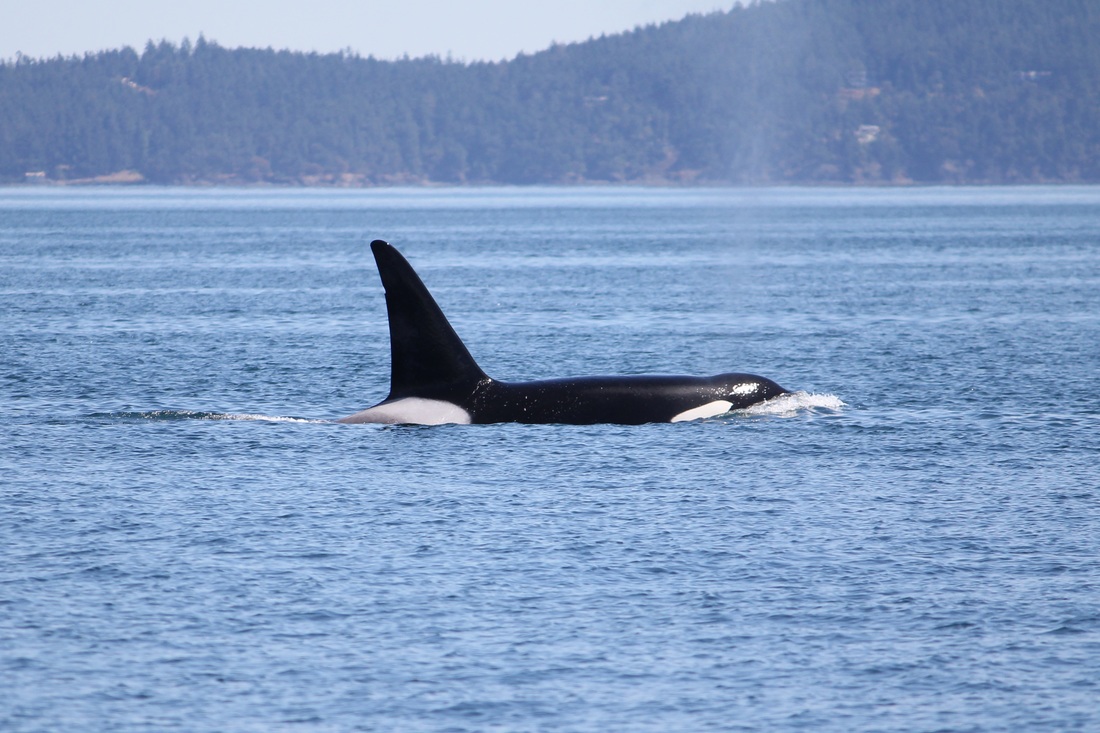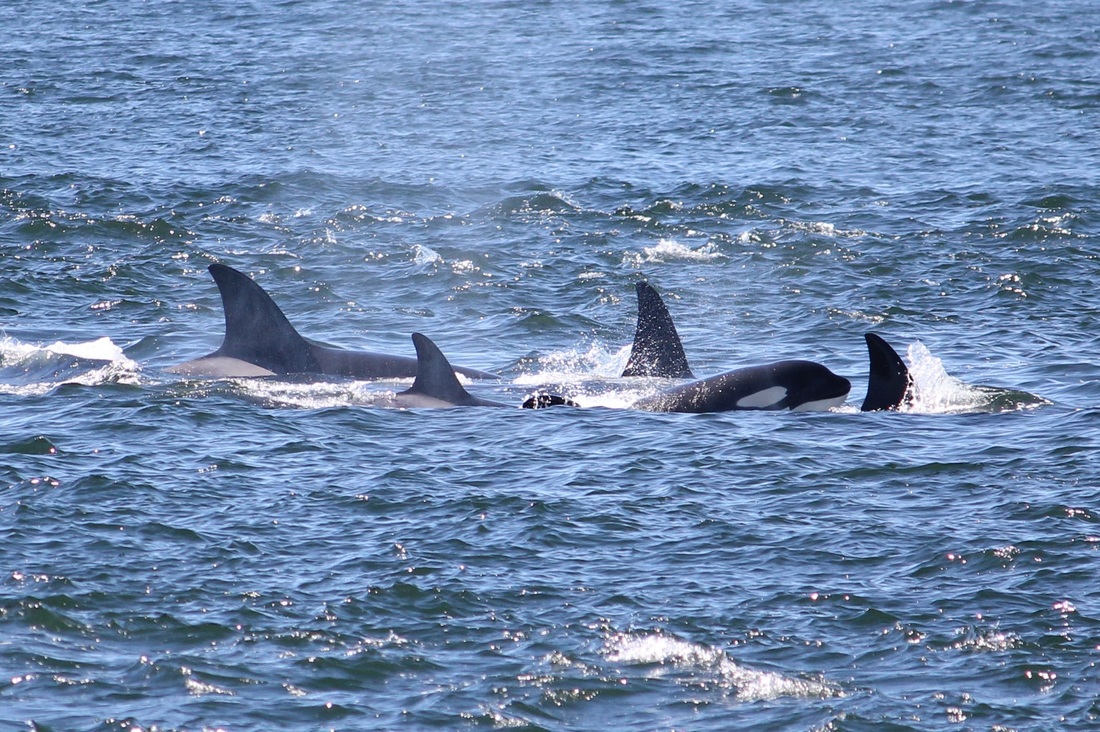This summer in particular has been very hard for the southern residents. Much like the summer of 2013, Fraser River Chinook numbers are so far very low and that means that J, K, and L pod have spent a dramatically less amount of time in the inland waters than they normally would. Hopefully they are finding enough Chinook to support them for a bit wherever they are. Since January of 2016 and as of yesterday (June 29th), there have only been 76 Chinook counted up at the Fraser River. That is not enough to support the 83+- residents, who each 18-25 Chinook a day to survive. While we all miss the residents very much, the best thing for their health is to stay away from here until there is enough Chinook or else they would waste away here. You can find the daily Fraser River Chinook test fishery numbers here.
The biggest threat to the southern residents is lack of Chinook salmon. The population will not be able to grow while their food is limited. Anything that helps improve Chinook runs in the inland waters as well as off the outer coast will in turn help save J, K, and L pod. Here are some websites with more information and how to help:
http://www.whaleresearch.com/#!about-salmon/cjla
https://www.salmonsafe.org/livewell/help-wild-salmon
https://srkwcsi.org/
http://damsense.org/
http://www.wildorca.org/?page_id=3047
http://www.orcasalmonalliance.org/about.html
http://www.seafoodwatch.org/seafood-recommendations
Ok, now back to the transients. Aboard a Pelagic of Deer Harbor Charters that was chartered by Maya’s Legacy Whale Watching on June 24th, we left Friday Harbor and headed a short distance down to lower San Juan Channel where we came upon lone male T124C and juvenile T73A2 heading up the channel together. Trailing behind them were the rest of the T73As (T73A, T73A1, and T73A3). As the Ts neared Turn Island, T72A2 dropped back to his family and T124C aimed for Shaw Island and disappeared.
The T73As then continued up San Juan Channel. They even traveled between Brown and San Juan Island and were right in front of the ferry dock in Friday Harbor. People standing on the docks, in town, and on the departing seaplane were able to see the family of four as they passed through. It is very rare for Ts to go inside of Brown Island and all the way into Friday Harbor so this was a very exciting moment! The Ts continued on, hugging the shoreline of the Friday Harbor labs. They stayed in resting/travel mode for most of their way up San Juan Channel, except for when T73A2 caught a harbor seal. We left them as they neared Spieden Island.
Please do not use my photos without my permission. Just ask




